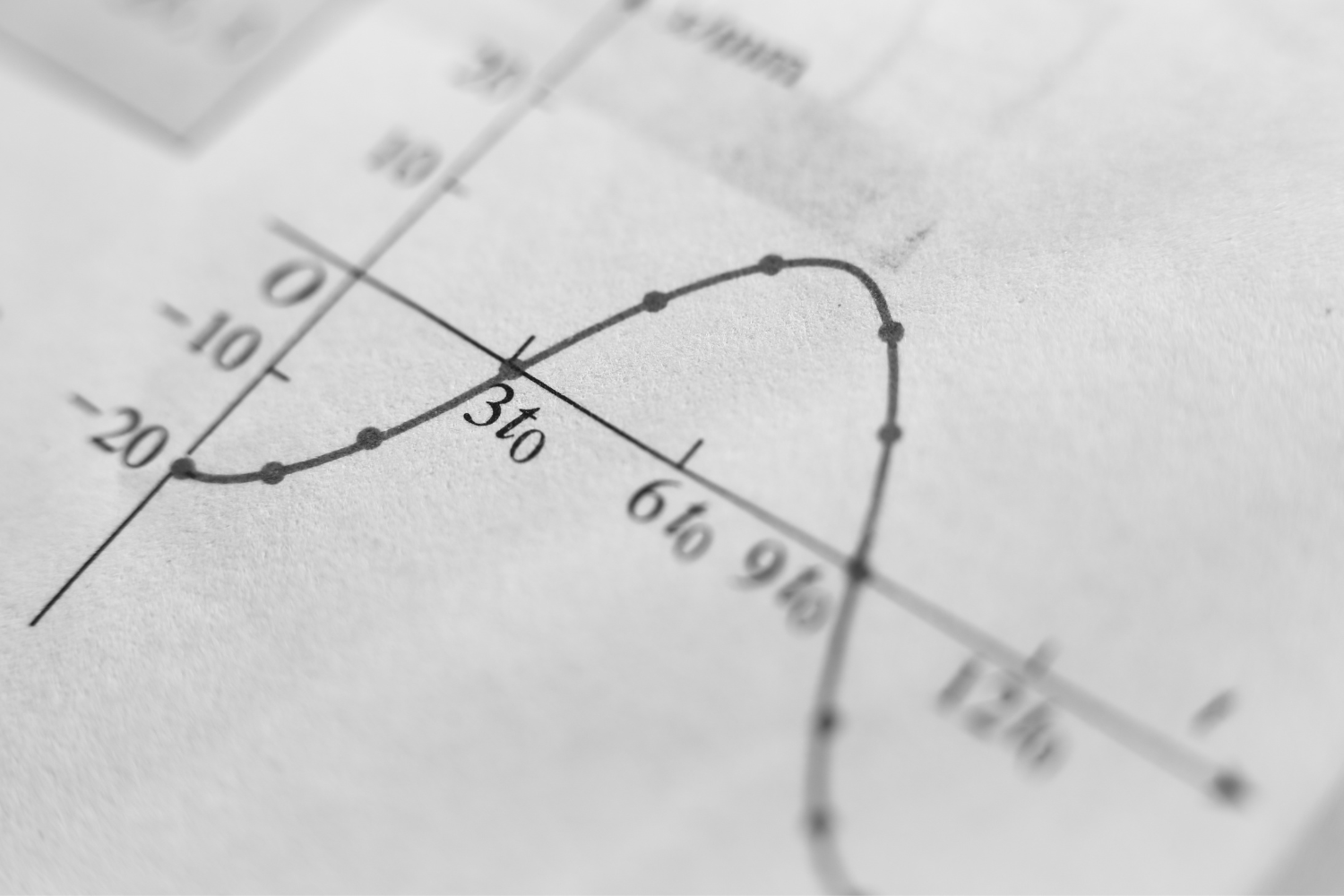
Sound waves constitute propagating variations in pressure, density, and particle displacement within a compressible medium. They manifest as longitudinal waves, characterized by oscillations parallel to the direction of wave propagation. This article delves into the intricate physics governing sound wave behavior.
Fundamental Sound Wave Properties
Frequency-Wavelength Relationship
Frequency (f) denotes the number of oscillations per unit time and is inversely proportional to wavelength (λ), which is the spatial span between wave cycles.
Amplitude and Intensity
Amplitude (A) defines the maximum displacement of particles from their equilibrium positions. It dictates the magnitude of a sound wave. Intensity (I), quantifying the power per unit area, relates to amplitude as follows: Intensity is directly proportional to the square of the amplitude.
Speed of Sound
The speed of sound (c) depends on the compressibility (β) and density (ρ) of the medium. It is crucial to note that the speed of sound varies with temperature, pressure, and humidity.
Wave Interaction Phenomena
Reflection
Sound waves encounter boundaries and reflect back into the originating medium. The angle of incidence equals the angle of reflection, adhering to the principle of Snell’s Law for sound waves.
Refraction
Sound waves traverse mediums of differing properties, resulting in a change of speed and direction. This alteration is governed by the acoustic impedance discontinuity between the two mediums.
Diffraction
Diffraction arises when sound waves encounter an obstruction or aperture. The extent of diffraction depends on the wavelength relative to the size of the obstacle.
Practical Applications
Architectural Acoustics
Understanding sound wave behavior is pivotal in architectural acoustics. Optimizing room geometries, surface materials, and absorption coefficients aids in achieving desired acoustic signatures in spaces like auditoriums and concert halls.
Noise Control Engineering
In engineering, the manipulation of sound waves is crucial for noise mitigation. Techniques such as active noise cancellation and passive attenuation rely on the precise understanding of wave propagation.
Medical Imaging
In the field of medicine, sound waves find application in diagnostic imaging techniques like ultrasound. By emitting high-frequency waves and analyzing their reflections, medical professionals gain insights into internal anatomical structures.
Sonar and Underwater Acoustics
Sonar systems utilize sound waves to navigate, communicate, and detect objects underwater. Understanding wave behavior is vital in designing effective sonar systems for applications ranging from marine research to military sonar technology.
Acoustic Signal Processing
In telecommunications, understanding sound wave physics is fundamental to the development of efficient signal processing algorithms. This knowledge enables the encoding, transmission, and decoding of audio signals in various communication systems.
Comprehending the intricate physics of sound waves is foundational to an array of disciplines. From architectural design to engineering applications, this understanding serves as the bedrock for crafting environments that harness, control, and exploit sound wave phenomena. This discourse endeavors to provide a technical exegesis on the physics governing sound waves, addressing their underlying principles and applications across diverse domains.



